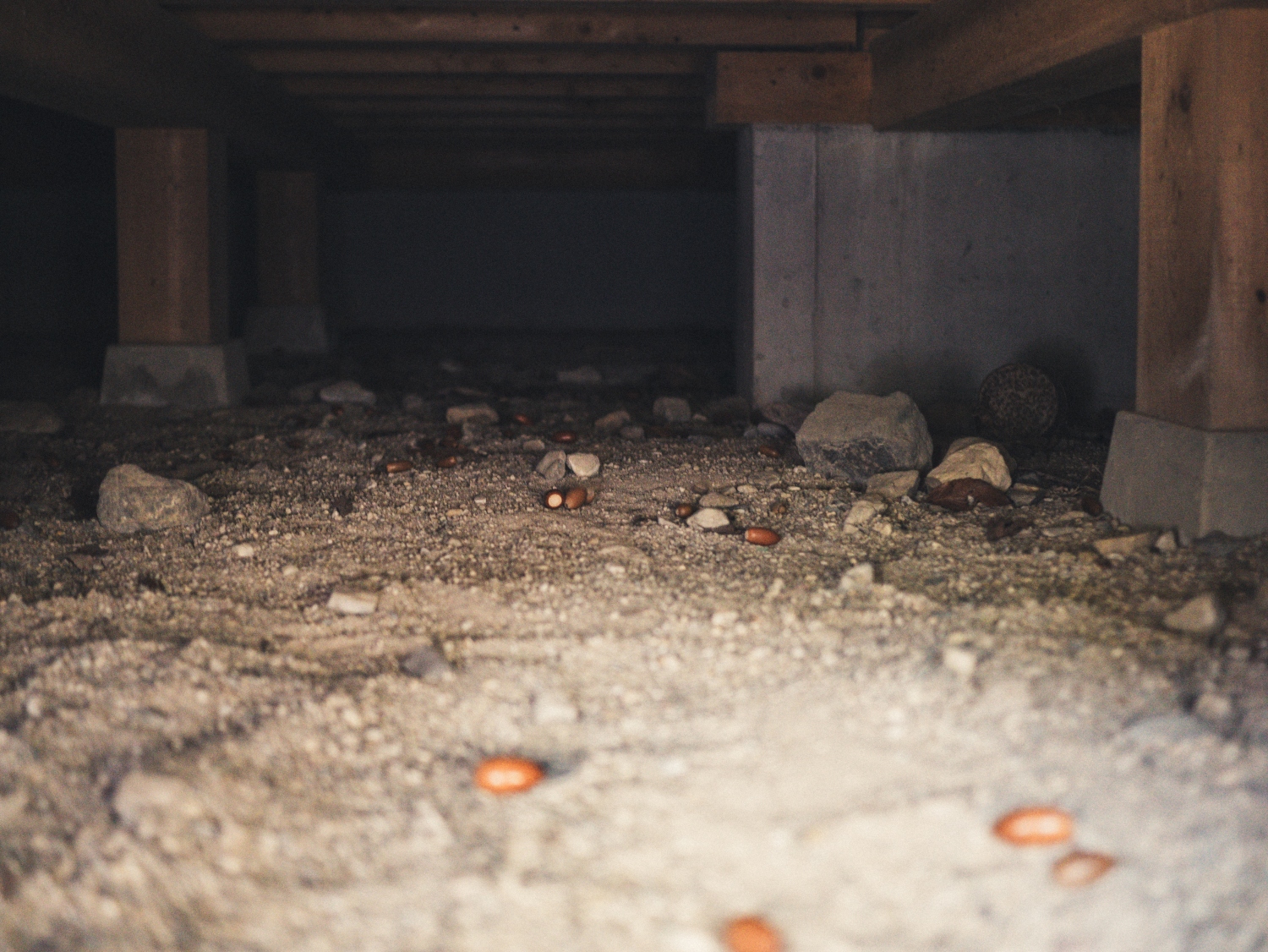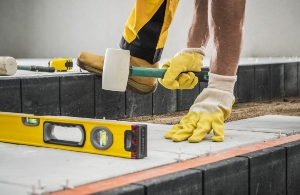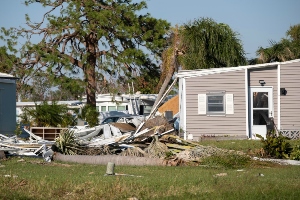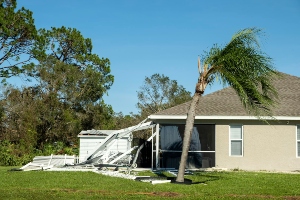A damp crawl space might seem like a minor issue, but it can lead to serious problems for your home's structure and your family's health. Water or moisture in this often-overlooked area can come from high humidity, leaking pipes, or groundwater seeping in from outside.
When left unaddressed, a wet crawl space can cause mold growth, pest infestations, and even structural damage to your home's foundation.
We understand how overwhelming it can be to discover water in your crawl space. Many homeowners don't know where to start with drying it out. The good news is that fixing a damp crawl space is possible with the right approach. By identifying the source of moisture and taking steps to remove water, dry the area, and prevent future problems, you can protect your home from further damage.
In this guide, we'll walk you through why dampness in your crawl space matters and provide simple, effective methods to dry it out. You'll learn practical steps to address current moisture issues and how to keep your crawl space dry in the future.
Below, are the topics for each important aspect:
- Signs of moisture problems in your crawlspace
- What causes crawlspace moisture issues?
- How crawlspace moisture leads to long-term damage
- How to fix and prevent crawlspace water damage
- Crawlspace moisture solutions and professional help
Keep reading! With these solutions, you can turn this potential problem area into a dry, healthy part of your home.
Signs of moisture problems in your crawlspace
Identifying moisture issues early can save you thousands in repair costs. The following warning signs indicate your crawlspace might be suffering from excess dampness that needs immediate attention.
Musty smells or visible mold under your home
A persistent musty odor wafting through your home often signals crawlspace moisture problems. This smell typically indicates mold or mildew growth beneath your floors. If you notice this unpleasant odor, especially near floor vents or in lower levels of your home, it's time to investigate.
The EPA states that “the key to mold control is moisture control,” emphasizing that managing humidity and leaks in crawlspaces is essential to prevent mold growth and protect indoor air quality
Visual inspection might reveal mold appearing as spotty patches in various colors - black, white, green, or brown. These fungal growths thrive in damp environments and pose serious health risks to your family.
Mold doesn't just smell bad - it releases spores that can trigger allergies, respiratory issues, and other health problems. Since about 50% of the air you breathe on the first floor comes from your crawlspace, these contaminants directly affect your indoor air quality.
Sagging floors and warped baseboards
Moisture-damaged wood loses its structural integrity over time. If you notice uneven or sagging floors throughout your home, excess moisture in your crawlspace might be the culprit.
Test for this by placing a marble on your floor - if it rolls without being pushed, you likely have floor unevenness from moisture damage. Pay special attention to baseboards near exterior walls, as they often show warping or discoloration first.
Wood rot from persistent dampness can compromise floor joists and support beams. This structural damage progresses slowly but can eventually require expensive repairs if left unchecked.
Rusted HVAC components or wet insulation
HVAC equipment located in your crawlspace suffers when exposed to high humidity. Look for rust on metal components, ductwork, or pipes as a clear indicator of moisture problems.
Wet insulation is another telltale sign. Properly functioning insulation should remain dry and fluffy. If yours appears compressed, discolored, or feels damp to the touch, excessive moisture is likely present.
Damaged insulation loses its effectiveness, forcing your heating and cooling systems to work harder. This not only raises energy bills but can shorten the lifespan of your expensive HVAC equipment.
Higher-than-usual humidity inside the home
Excess crawlspace moisture often migrates upward into your living space. You might notice condensation on windows, peeling wallpaper, or sticky doors that are difficult to open or close.
A hygrometer can measure your home's humidity levels. Readings consistently above 50-60% suggest moisture problems that may originate in your crawlspace.
Electronics and wooden furniture may also show signs of damage in high-humidity environments. Addressing the root cause in your crawlspace will help protect these valuable items and create a more comfortable living environment.
What causes crawlspace moisture issues?
Moisture problems in crawlspaces typically stem from water entry points, inadequate ventilation, and plumbing issues. Identifying the source is the first step toward creating a dry, healthy environment beneath your home.
Poor drainage and grading around your foundation
Poor drainage is a leading cause of crawlspace moisture. When rainwater doesn't flow away from your home, it pools around the foundation and seeps into the crawlspace. This happens when:
- The soil around your house slopes toward the foundation instead of away from it
- Gutters overflow or downspouts discharge too close to the foundation
- Landscaping prevents proper water runoff
We recommend ensuring your yard has a minimum slope of 6 inches away from the foundation over the first 10 feet. Extend downspouts at least 5-10 feet from your home. During heavy rain, check for pooling water near your foundation—this is a clear sign of drainage issues.
Unsealed vents or gaps letting in outside air
Crawlspace vents were once thought to help with moisture control, but they often make the problem worse. When warm, humid outside air enters a cool crawlspace, condensation forms on surfaces.
Common entry points include:
- Uncovered crawlspace vents
- Gaps around pipes and utility lines
- Cracks in the foundation walls
- Poorly sealed access doors
During summer months, outside air can carry significant humidity into your crawlspace. This moisture becomes trapped and creates a damp environment. Sealing these openings can dramatically reduce humidity levels in your crawlspace.
Plumbing leaks or groundwater intrusion
Water pipes running through your crawlspace can develop leaks that steadily add moisture to the area. Even small drips can create significant humidity over time.
Groundwater is another major concern. After heavy rain, saturated soil pushes water through porous foundation walls. This problem worsens in areas with high water tables or poor soil drainage.
Signs of plumbing or groundwater issues include:
- Standing water in the crawlspace
- Damp spots on the crawlspace floor
- Water stains on foundation walls
- Rusty metal supports or fixtures
Regular inspection of plumbing is essential. For groundwater problems, interior drainage systems and sump pumps may be necessary to keep your crawlspace dry.
How crawlspace moisture leads to long-term damage
Moisture in your crawlspace doesn't just disappear on its own. It silently damages your home in ways that become increasingly expensive to repair over time.
Structural risks: Wood rot and foundation movement
Excess moisture attacks the wooden structures in your crawlspace first. Floor joists, support beams, and subfloors absorb this moisture, causing wood rot that weakens these critical components. In severe cases, you might notice sagging floors or doors that no longer close properly.
Foundation movement also occurs as wet soil expands and contracts around your foundation. This creates pressure against foundation walls, potentially causing cracks or shifting. We often see this manifest as:
- Cracks in drywall or plaster
- Doors and windows that stick
- Uneven floors throughout the home
- Separation between walls and ceilings
Once structural damage begins, repair costs increase dramatically. What might have been solved with proper moisture control can turn into major structural repairs costing thousands.
Air quality concerns and allergen growth
Your crawlspace air doesn't stay isolated - it moves upward into your living spaces. This "stack effect" means that mold spores, mildew, and other allergens growing in your damp crawlspace eventually enter your home's air.
Mold thrives in environments with just 60% humidity or higher. Common crawlspace molds include:
Common Crawlspace Allergens:
- Black mold (Stachybotrys chartarum)
- Aspergillus
- Penicillium
- Dust mites (which thrive in humid environments)
These allergens can trigger respiratory issues, especially in children, elderly, or those with existing conditions like asthma. Many homeowners don't connect their persistent coughs or allergies to their crawlspace conditions.
Higher energy bills due to inefficiency
Damp crawlspaces make your HVAC system work harder. Humid air requires more energy to heat or cool than dry air. When moisture infiltrates your insulation, it dramatically reduces its effectiveness.
Wet insulation can lose up to 40% of its R-value (insulating capability). This means your heating and cooling systems must run longer to maintain comfortable temperatures.
We typically see energy bills increase 10-20% in homes with moisture problems. This adds up significantly over years of homeownership.
Additionally, HVAC systems themselves can suffer damage from constant exposure to high humidity, shortening their lifespan and adding to your long-term costs.
How to fix and prevent crawlspace water damage
Fixing water damage in your crawlspace requires a systematic approach that addresses both the immediate issues and prevents future problems. Two effective solutions are proper encapsulation and installing vapor barriers with drainage systems.
Encapsulation: Sealing your crawlspace for good
Encapsulation is the process of completely sealing your crawlspace from outside moisture. We start by thoroughly cleaning the area and addressing any existing mold or wood rot.
The process involves covering all exposed earth and walls with heavy-duty polyethylene sheeting (at least 10-20 mil thick). All seams should be sealed with waterproof tape, and the barrier should extend up the foundation walls.
Proper encapsulation also includes sealing all vents and entryways to prevent outside air from entering. This creates a controlled environment that keeps moisture out.
For complete protection, we recommend adding a dehumidifier to maintain optimal humidity levels between 30-50%. This prevents condensation and mold growth in your newly sealed space.
Installing a vapor barrier and sump pump
A vapor barrier is a simpler alternative to full encapsulation that still provides significant protection. We recommend using 6-mil polyethylene sheeting to cover the ground completely, overlapping sections by at least 12 inches.
EPA guidance recommends placing a plastic vapor barrier over the crawlspace floor and using dehumidifiers to maintain humidity levels ideally between 30–50%, with levels above 60% increasing the risk of mold and structural damage.
The barrier should be secured with landscape pins or similar fasteners. This prevents ground moisture from evaporating into your crawlspace.
For areas prone to flooding or significant water intrusion, a sump pump is essential. The installation involves:
- Digging a collection pit at the lowest point of your crawlspace
- Installing the pump with proper drainage piping
- Connecting to a power source (with battery backup if possible)
- Ensuring discharge pipes lead well away from your foundation
Regular maintenance checks on your sump pump system will ensure it functions when needed most. We recommend testing quarterly and before rainy seasons.
Crawlspace moisture solutions and professional help
Addressing moisture in your crawlspace requires effective solutions and sometimes professional expertise. The right approach combines proper moisture control systems with timely expert assessment.
Dehumidification and drainage system upgrades
Installing a quality dehumidifier is one of the most effective ways to reduce crawlspace moisture. We recommend using units specifically designed for crawlspaces that can maintain humidity levels between 30-50%.
Proper drainage systems are equally important. These include:
- French drains that redirect water away from your foundation
- Sump pumps to remove collected water
- Proper grading around your home to ensure water flows away from the structure
Combining these systems with vapor barriers can create a comprehensive moisture management solution. Most vapor barriers are made of 6-20 mil polyethylene plastic that covers the crawlspace floor and walls, preventing ground moisture from entering.
When to call Michaelis for a full inspection
You should contact us at Michaelis when you notice persistent moisture issues or any of these warning signs:
- Musty odors throughout your home
- Visible mold growth
- Rotting or sagging floor joists
- Standing water in the crawlspace
- Warped flooring above the crawlspace
Our professional team conducts thorough inspections using moisture meters and thermal imaging to identify hidden problems. We can detect issues that aren't visible to the untrained eye.
At Michaelis, we create customized solutions based on your specific situation and home structure. Professional help is particularly important when moisture problems are severe or recurring despite DIY efforts.
Conclusion
A damp crawlspace threatens your home's structure, air quality, and your family's health. Excess moisture leads to mold growth, wood rot, and can attract pests like termites.
Identifying the water source is critical. Check for leaking pipes, improper drainage, or foundation cracks that allow water to seep in.
The drying process requires both immediate and long-term solutions. Start by removing standing water with a pump or wet vacuum. Then use dehumidifiers and fans to reduce moisture levels.
For lasting protection, consider installing a vapor barrier, proper ventilation, and a sump pump system. Encapsulation might be necessary for severely damp crawlspaces.
Regular inspections are essential to prevent future moisture problems. We recommend checking your crawlspace seasonally and after heavy rainfall.
Professional help is worth considering if you're dealing with extensive water damage or mold. Experts have specialized equipment and knowledge to address serious issues.
The investment in crawlspace waterproofing pays off through improved home value, structural integrity, and healthier indoor air. A dry crawlspace means fewer repairs and lower energy bills in the long run.
Taking action now prevents more serious problems later. Your crawlspace may be out of sight, but it shouldn't be out of mind when it comes to home maintenance.
Schedule a professional crawlspace inspection to detect moisture early and prevent costly structural or air quality issues.




.avif)

